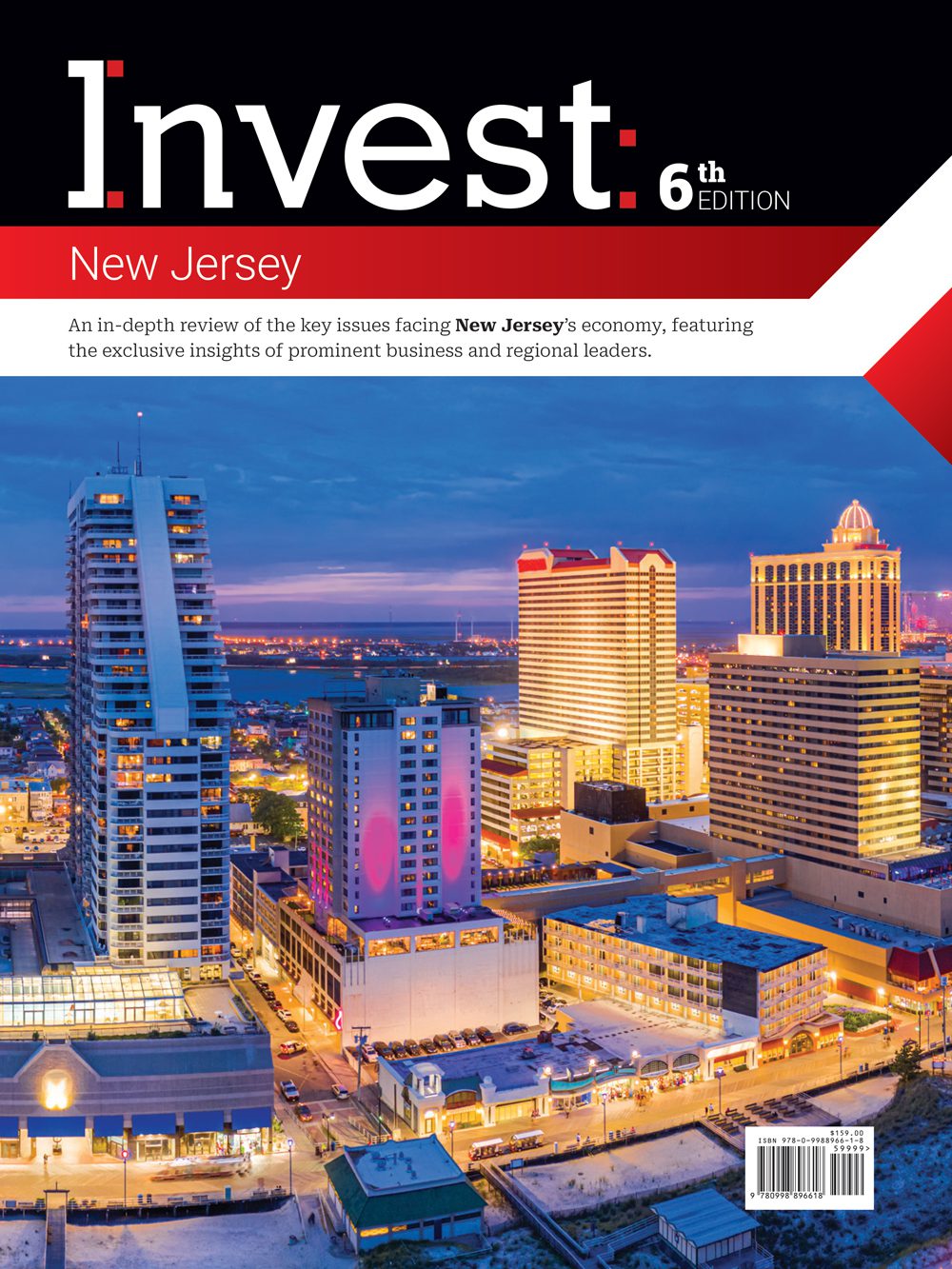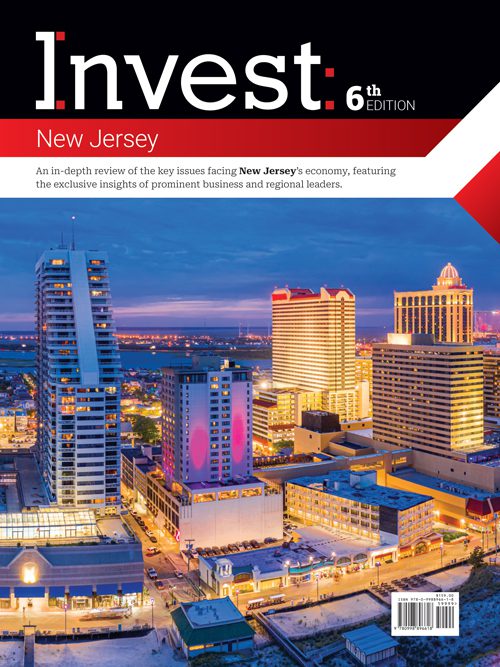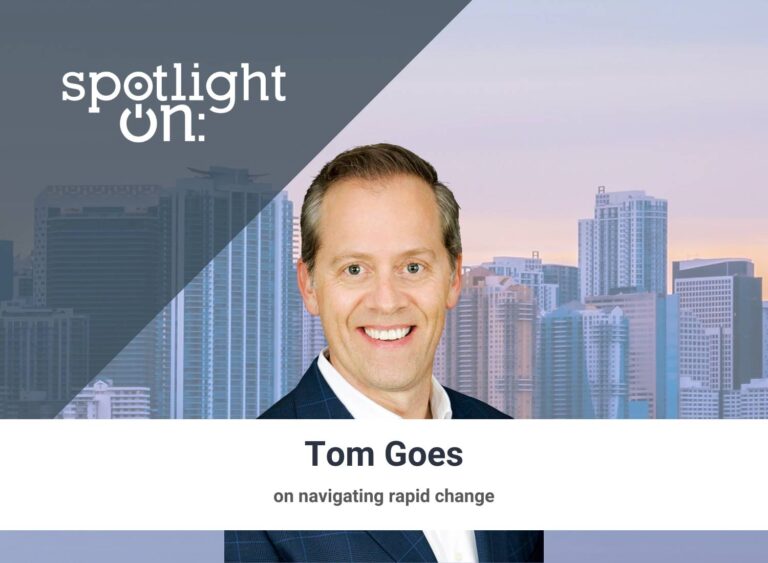Georgia counties drive national rankings with economic growth
Writer: Eleana Teran
 August 2024 — Georgia’s counties are emerging as a powerhouse on the national stage, coupled with the Southeast’s unparalleled economic expansion and strategic investments. As the state continues to rise, addressing challenges such as workforce development and infrastructure will be crucial to maintaining its upward momentum.
August 2024 — Georgia’s counties are emerging as a powerhouse on the national stage, coupled with the Southeast’s unparalleled economic expansion and strategic investments. As the state continues to rise, addressing challenges such as workforce development and infrastructure will be crucial to maintaining its upward momentum.
Fulton County has secured the #4 spot in Site Selection Magazine’s Top 20 Best Counties in America by total points rankings, up from #11 last year. Adding to this achievement, the county claimed the top spot in the I-85 Corridor Report, with Gwinnett County also making a strong showing by securing the 5th position. These rankings underscore the region’s role as a hub of economic development, investment attraction, and performance excellence.
However, the state’s influence extends well beyond the Atlanta Metro Area, as four other counties in Georgia also ranked among the top 20 in Site Selection’s America’s Best Counties by points, per capita, list. Decatur and Candler counties secured the 5th and 6th positions, respectively, while Banks County took the 16th spot, and Chatham County rounded the list at #20. These top-performing counties demonstrate a pattern of attracting significant foreign investment, largely due to their integration within metropolitan areas. This strategic positioning has enabled these counties to capitalize on opportunities and drive job creation and economic growth.
While Georgia’s counties continue to impress on a national scale, the Southeast area as a whole has outperformed the rest of the country in economic growth, according to research from the Federal Reserve Bank of Atlanta. The Southeast, comprising Alabama, Florida, Georgia, Louisiana, Mississippi, and Tennessee, has widened its lead over the national average since the pandemic. The analysis attributes this growth to several factors, including robust population growth and a diverse economic base.
Leaders in the Greater Atlanta region, including Gil Prado, executive director of Fulton Industrial Community Improvement District; Deven Cason, vice president of economic development for Partnership Gwinnett; Mayor Rusty Paul of Sandy Springs; and Alyssa Davis, executive director at Sugarloaf CID, shared their insights with Focus: on the challenges and opportunities ahead, emphasizing the importance of leveraging the region’s strategic location and strong fundamentals to drive continued job growth and economic success.
Gil Prado, Executive Director, Fulton Industrial Community Improvement District:

Our district houses over 1,000 businesses, which is a significant number. These businesses collectively generate about $182 million in public revenues annually, showcasing their substantial contribution to the economy. When it comes to industrial space, we’re talking about more than 55 million square feet, which is massive.
Employment is another strong point for us. There are over 26,000 primary jobs in the district. What’s even more remarkable is that over 20% of the county’s jobs in transportation, warehousing, and manufacturing are based in our district, plus more than 15% of all wholesale trade employment. This shows our critical role in these sectors. Our district supports over 77,000 jobs across Georgia, both directly and indirectly. This is due to the economic activity generated here. And finally, the total regional economic output created by this employment is more than $31.1 billion. That’s a huge figure, and it speaks volumes about the district’s economic vitality and importance.
Deven Cason, Vice President of Economic Development, Partnership Gwinnett: 
Nothing is consistent forever. We see the flows of different industries for us. We’ve always been very strong in logistics and supply chain management companies with a lot of distribution centers, given our geography and having an interstate that bisects the community and proximity to the airport and the port. That has always been a strong industry for us and has stayed very healthy and that demand has increased for many, many years. Even with the pandemic and a lot of the reshoring, a lot of companies are looking at our area to be closer to suppliers, being closer to the end user, and not having those long lead times if you are shipping from overseas.
As projects are announced, we know that we’re going to see the ripple effect. It’s an educational opportunity for us and our team to make sure that we can check all the boxes that they’re looking for. SK Battery is right up the street from us and we’re getting a lot of looks just because they’re located here. They almost insist that their suppliers are within a certain radius of that facility, so we are seeing the ripple effects of that.
Rusty Paul, Mayor, City Sandy Springs:
 After consulting with CEOs about their employees’ desires, it’s clear that transportation options are crucial. The success of Atlanta’s BeltLine has inspired us to develop our own trail network. We’re building trails parallel to Georgia 400, connecting to the BeltLine, and extending our network to include a loop trail around the Chattahoochee River and access to hidden gems like Orkin Lake, enhancing non-motorized transportation options.
After consulting with CEOs about their employees’ desires, it’s clear that transportation options are crucial. The success of Atlanta’s BeltLine has inspired us to develop our own trail network. We’re building trails parallel to Georgia 400, connecting to the BeltLine, and extending our network to include a loop trail around the Chattahoochee River and access to hidden gems like Orkin Lake, enhancing non-motorized transportation options.
Our focus is on creating a well-planned, regional network of trails that not only serves for commuting but also for recreational purposes, connecting with trail systems in Cobb County, Roswell, and others. The aim is to enhance the quality of life, making Sandy Springs not just a job hub but a place where people enjoy living, with safety, recreation, and connectivity at the forefront of our planning.
By 2030, I hope our trail network is complete; we’ve made significant progress in expanding mass transit, and we’ve further developed City Springs into a vibrant, walkable downtown area. We’re aiming to reduce reliance on cars, making the city more accessible and convenient for everyone.
Alyssa Davis, Executive Director, Sugarloaf CID:
We successfully expanded the CID, increasing our value to over six times the initial value at our formation in 2016. Securing over $17 million in projects through the SPLOST program will further propel our growth as these projects are implemented over the next six years. We doubled the area covered through our landscape maintenance program, benefiting new members and the greater Sugarloaf community.
We enhanced security with 35 flock cameras featuring license plate readers, aiding the police. New banners celebrating the district’s diverse offerings were installed, highlighting work, dining, shopping, and more. A notable project involves a mural underpass, complemented by upgraded LED lighting. The state-approved permit for this mural signifies exciting progress. Lastly, an economic impact study revealed that we contribute 7% of jobs in the county, employing almost 27,000 workers and making a $15.6 billion impact on the state of Georgia.
For more information, visit:
https://partnershipgwinnett.com/












